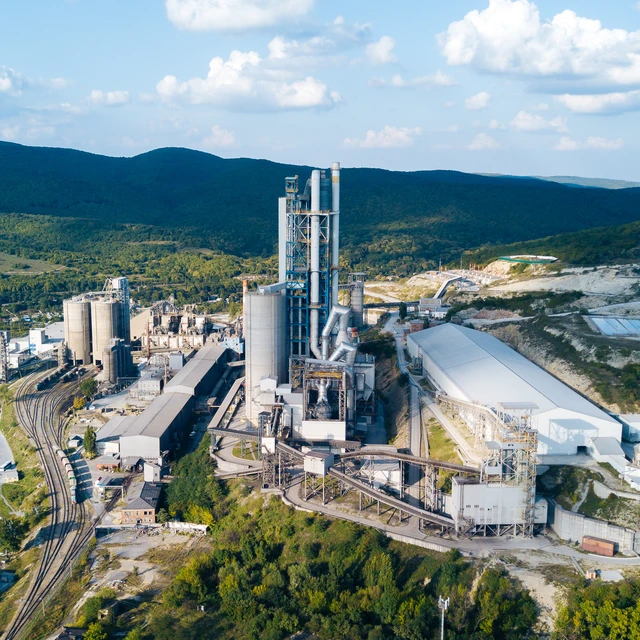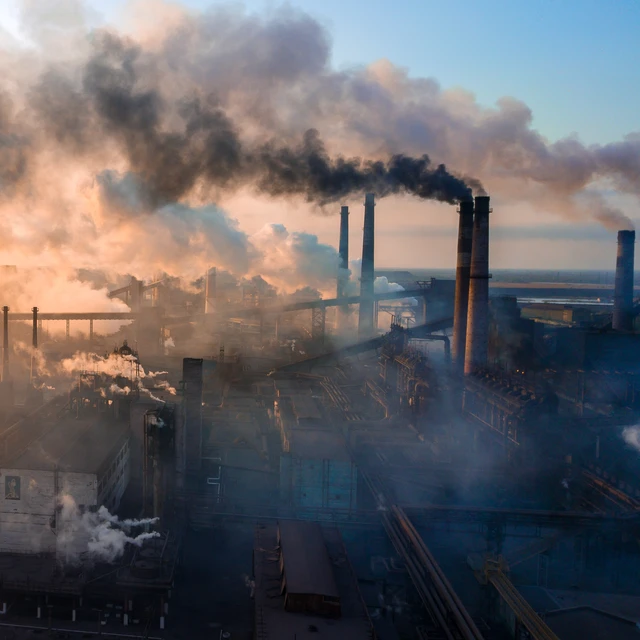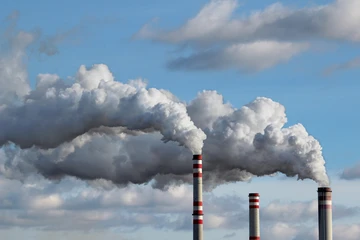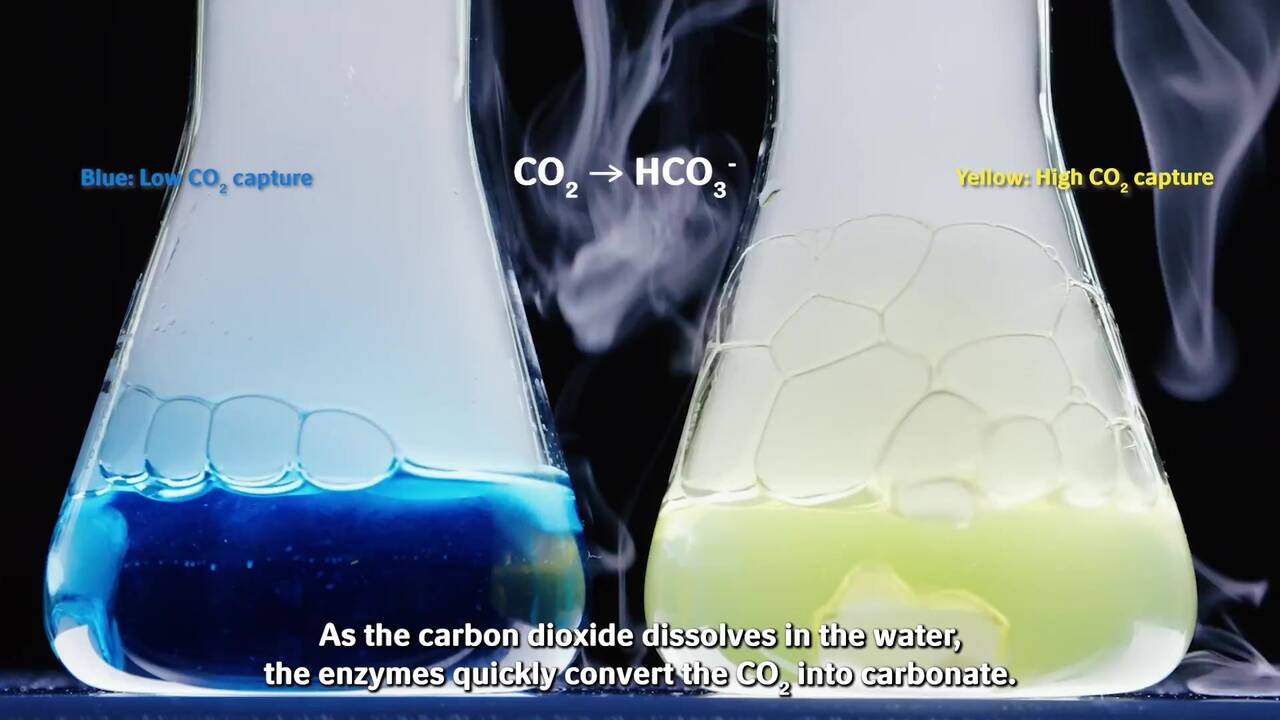Carbon capture is crucial
The global scientific community agrees: the planet cannot avoid being impacted by climate change. But we can counteract the severity of it – if we act immediately.
Carbon capture technology is crucial to reduce industrial emissions even after renewable energy alternatives are widely adopted. “Reaching net-zero will be virtually impossible without carbon capture, utilization and storage,” says the autonomous International Energy Agency. What’s more, the world must become carbon negative in the latter half of this century, reports the Intergovernmental Panel on Climate Change (IPCC).
Carbon capture can achieve an estimated 14% of the global greenhouse gas emissions reductions needed by 2050, according to the Center for Climate and Energy Solutions, an independent, nonpartisan, nonprofit organization working to forge practical solutions to climate change. It’s also considered the only practical way to achieve deep decarbonization in the industrial sector.






